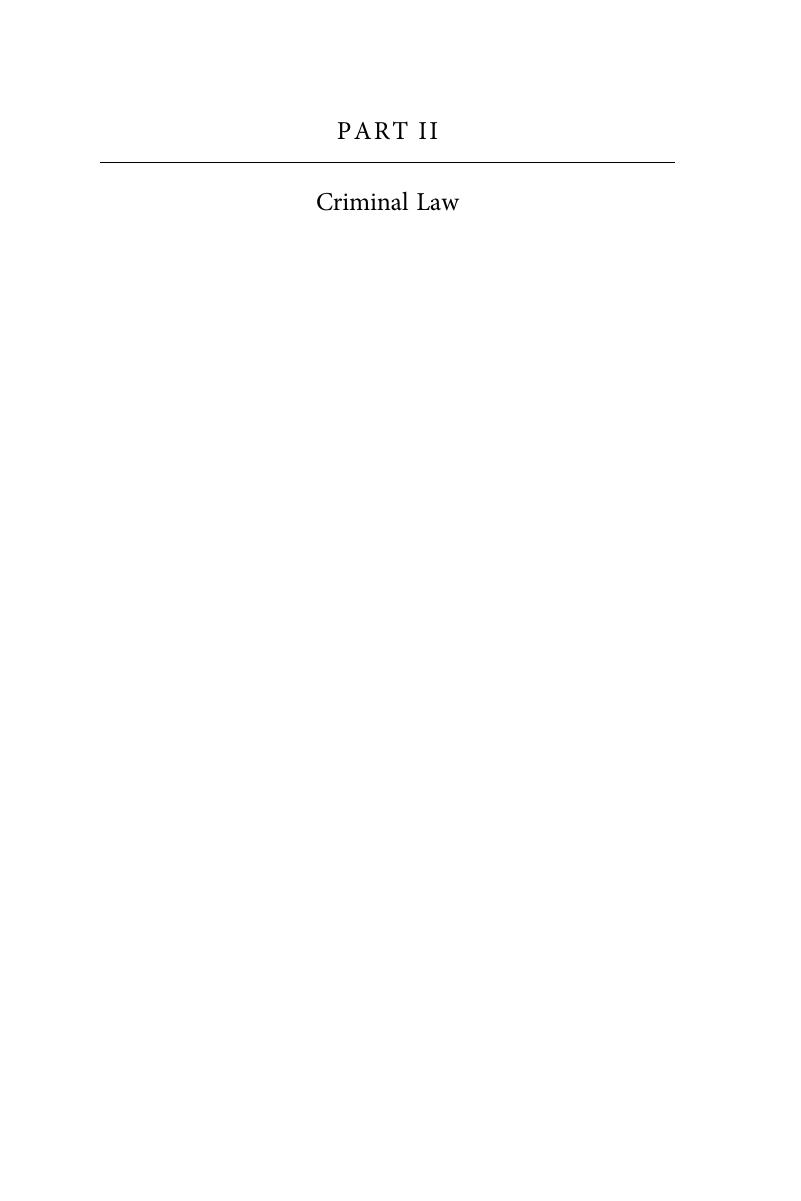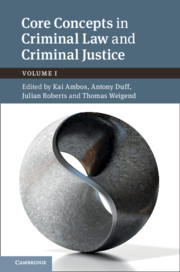Part II - Criminal Law
Published online by Cambridge University Press: 19 December 2019
Summary

- Type
- Chapter
- Information
- Core Concepts in Criminal Law and Criminal Justice , pp. 15 - 210Publisher: Cambridge University PressPrint publication year: 2020



